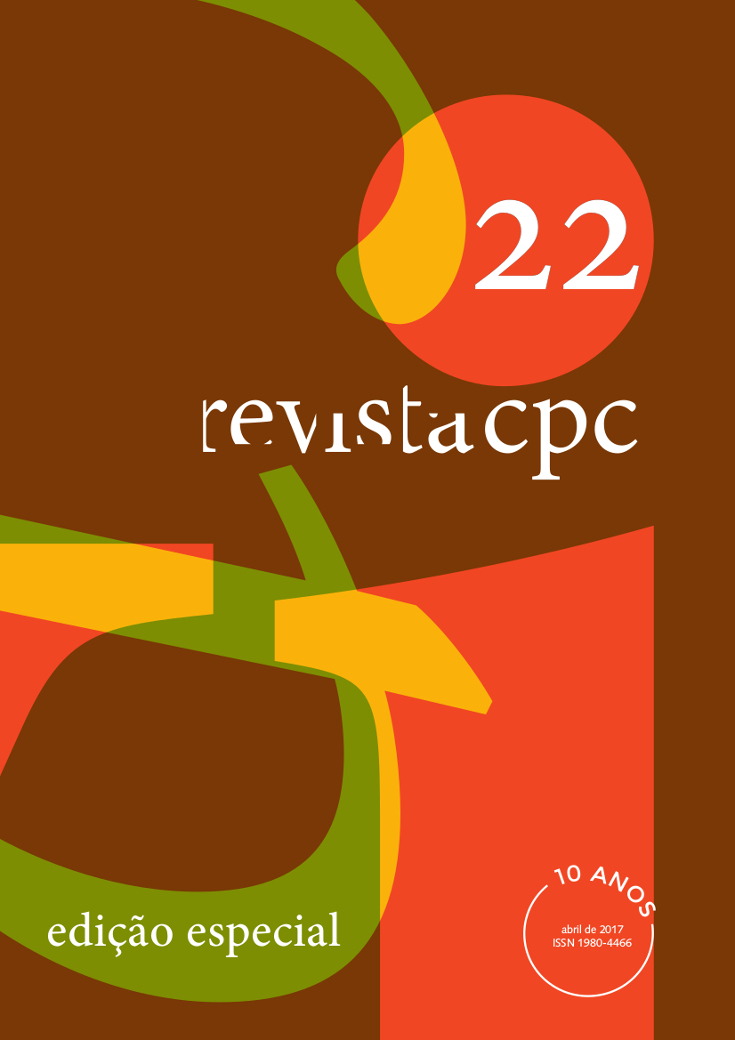The transformations in the way of living and housing necessities as real estate heritage: how to preserve the cultural value of housing?
DOI:
https://doi.org/10.11606/issn.1980-4466.v0i22p233-254Keywords:
Residential building, Urban environment heritage, Real estate marketAbstract
Preserving residential buildings is one of the most complex issues preservation agencies face. Be it for the transience in the ways of living and life habits, be it for their too-high or too-low economic and financial value. It is much more feasible to establish foundations and identify interests to conserve institutional buildings. When dealing with collectively-owned buildings, condominiums, and buildings with notorious architectural quality, conservation might present itself as a way to acknowledge and consolidate heritage already acknowledge by the building’s residents and owners. The conservation difficulties are much greater when dealing with single-family housing buildings. Especially when there is an intent to keep the building’s residential use. It is fundamental that owners and managers of cultural interest assets are convinced and interested in the buildings’ appreciation through conservation.
Downloads
Downloads
Published
Issue
Section
License
- Os autores mantêm os direitos autorais e concedem à revista o direito de primeira publicação, com o trabalho simultaneamente licenciado sob a Licença Creative Commons Attribution que permite o compartilhamento do trabalho com reconhecimento da autoria e publicação inicial nesta revista.
- Os autores têm autorização para assumir contratos adicionais separadamente, para distribuição não exclusiva da versão do trabalho publicada nesta revista (ex.: publicar em repositório institucional ou como capítulo de livro), com reconhecimento de autoria e publicação inicial nesta revista.
- Os autores têm permissão e são estimulados a publicar e distribuir seu trabalho on-line (ex.: em repositórios institucionais ou na sua página pessoal) a qualquer ponto antes ou durante o processo editorial, já que isso pode gerar alterações produtivas, bem como aumentar o impacto e a citação do trabalho publicado (Veja O Efeito do Acesso Livre).










